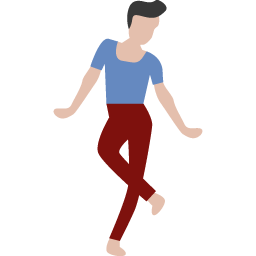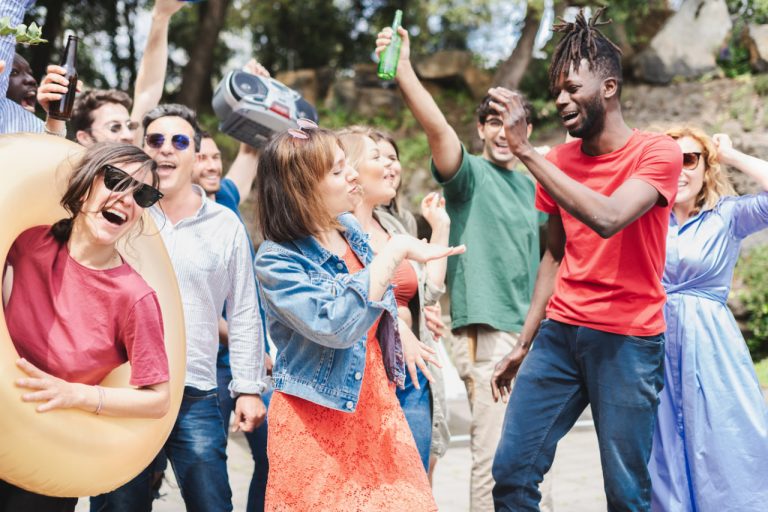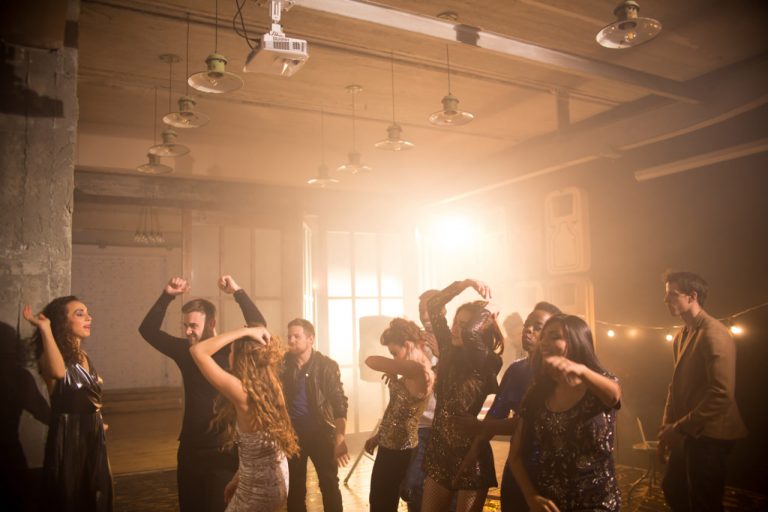Social dancing is a beautiful blend of movement, music, and connection. At the heart of this connection lies partner communication — the subtle, nonverbal exchange between dancers that creates harmony on the dance floor. Whether you’re dancing salsa, tango, swing, or any other style, effective communication with your partner is essential for a smooth and enjoyable dance experience. Understanding and mastering this communication can transform your social dancing from awkward and disconnected to fluid and expressive.
Why Partner Communication Matters
Dancing with a partner means moving as one. Without clear communication, missteps, confusion, and frustration can quickly arise. Good communication allows partners to anticipate each other’s movements, respond in real-time, and adjust to changing rhythms or styles.
Beyond technique, partner communication builds trust and confidence. When you feel connected and understood, you can relax and fully enjoy the dance. This connection also makes it easier to experiment with new moves, improvise, and express emotion through your dancing.
The Basics of Nonverbal Communication in Dance
Unlike conversational communication, partner communication in dance is mostly nonverbal. It relies on body language, subtle cues, and shared awareness. Some key elements include:
- Frame: This is the way partners hold their upper bodies and arms. A strong but flexible frame acts as the primary channel for sending and receiving signals.
- Lead and Follow: In many social dances, one partner leads while the other follows. The leader initiates movements with gentle pressure or directional cues, while the follower interprets and responds.
- Eye Contact: Although not always necessary, eye contact can enhance connection and signal readiness or intent.
- Body Positioning: Slight shifts in weight, posture, or orientation convey information about the next step or movement.
- Timing and Rhythm: Synchronizing your movements with the music and your partner ensures smooth transitions and flow.
Tips for Improving Partner Communication
Focus on Your Frame
Develop a strong but relaxed frame to create a clear line of communication. Avoid being too rigid or too loose. Your frame should transmit signals accurately without causing discomfort. Practice maintaining consistent connection points, like handholds or shoulder contact, to keep the flow of communication open.
Be a Clear Leader
If you are leading, use gentle and deliberate signals. Avoid sudden or exaggerated movements that can confuse your partner. Practice sending clear directional cues, timing your leads with the beat of the music, and allowing your partner enough time to respond.
Learn to Follow Actively
If you are following, pay close attention to your partner’s frame and movements. Stay relaxed and responsive rather than anticipating or rushing. Active listening with your body means feeling the signals and adapting quickly without forcing the movement.
Use Eye Contact and Facial Expressions
Eye contact can create a deeper connection and help convey intentions. Smile and show enjoyment, which encourages your partner and adds to the dance’s emotional energy. However, be mindful that too much eye contact can feel intense; find a balance that feels natural.
Practice Together
Communication improves with practice. Spend time dancing regularly with the same partner to build familiarity. Try exercises focused on leading and following to sharpen your skills. Experiment with different styles or tempos to enhance adaptability.
Be Patient and Respectful
Remember that partner communication is a shared responsibility. Be patient with yourself and your partner, especially when learning new moves or styles. Respect each other’s comfort levels and boundaries. Open communication off the dance floor, like discussing preferences or feedback, also supports better connection.
The Role of Trust in Partner Communication
Trust is foundational for smooth social dancing. When you trust your partner, you can surrender control and respond intuitively. Building trust takes time and positive experiences on the dance floor. Celebrate small successes together and maintain a supportive attitude to strengthen your connection.
How Communication Enhances Improvisation
One of the joys of social dancing is improvisation—the ability to spontaneously create movements in response to music and your partner. Strong partner communication makes improvisation possible by allowing dancers to exchange ideas seamlessly and adapt quickly.
When both partners are tuned in to each other’s signals, they can explore creative patterns, play with timing, and express emotion freely. This fluid exchange makes dancing more exciting and deeply satisfying.



